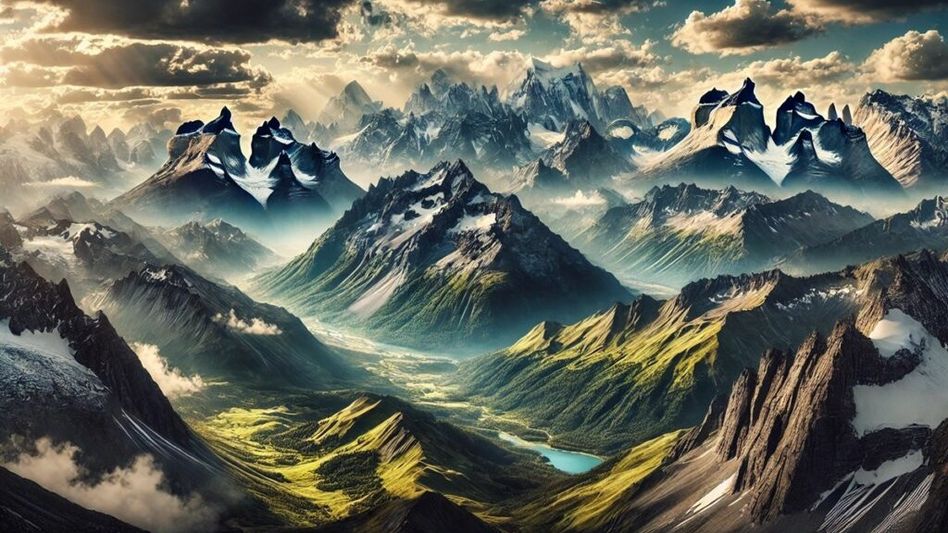Top 10 Oldest Mountains in the World: Earth’s Ancient Giants That Still Stand Tall
Mountains are among the oldest storytellers of our planet. While some peaks like the Himalayas are relatively young in geological terms, others have stood for billions of years—older than life on land itself.

Here is a detailed, SEO-friendly report on the Top 10 Oldest Mountains of the World, based on geological age and scientific studies.
Top 10 Oldest Mountains in the World
The following table lists the world’s oldest mountains along with their approximate age and location.
| Rank | Mountain / Mountain Range | Approx. Age | Location |
|---|---|---|---|
| 1 | Barberton Greenstone Belt | 3.5 billion years | South Africa & Eswatini |
| 2 | Hamersley Range | 3.4 billion years | Western Australia |
| 3 | Canadian Shield (Laurentian Mountains) | 3.0–4.0 billion years (rocks) | Canada |
| 4 | Yilgarn Craton | 2.7 billion years | Western Australia |
| 5 | Isua Greenstone Belt | 3.8 billion years (rock formations) | Greenland |
| 6 | Makhonjwa Mountains | 3.2 billion years | South Africa |
| 7 | Blue Ridge Mountains | 1.0–1.2 billion years | USA (Appalachian Range) |
| 8 | Pilbara Craton | 3.6 billion years (rock formations) | Western Australia |
| 9 | Guiana Highlands | 1.7 billion years | Venezuela, Brazil, Guyana |
| 10 | Aravalli Range | 1.5 billion years | India |
What Makes These Mountains So Old?
Most of the oldest mountains formed during the Archean and Proterozoic eons, a time when Earth was still cooling and stabilizing. Over billions of years, these mountains have eroded significantly, leaving behind rounded hills, ancient cratons, and plateau-like structures rather than sharp, towering peaks.
Key Reasons for Their Longevity:
-
Stable cratonic regions that resist tectonic destruction.
-
Deep-rooted geological foundations formed from some of Earth’s earliest continental crust.
-
Slow erosion over vast geological timescales.
Detailed Overview of the Top 3 Oldest Mountains
1. Barberton Greenstone Belt – South Africa & Eswatini
Considered the oldest exposed mountain formation on Earth, the Barberton Belt contains rocks that are nearly 3.5 billion years old. It also holds some of the earliest evidence of life—microbial fossils preserved in volcanic rock.
2. Hamersley Range – Australia
Formed around 3.4 billion years ago, this region is famous for its ancient banded iron formations. It offers crucial insights into Earth’s early atmosphere and ocean chemistry.
3. Canadian Shield
The shield consists of the planet’s oldest continental crust, with rock formations up to 4 billion years old. While the mountains here are no longer tall, their rocky foundations tell the story of Earth’s early tectonic activity.
Why Are Younger Mountains Taller?
Mountains like the Himalayas, Alps, and Andes are geologically younger (20–100 million years). Their youthful age means they have experienced less erosion, making them taller and sharper.
In contrast, ancient mountains have eroded for billions of years, reducing them to gentle slopes and plateaus.
Conclusion
The world’s oldest mountains are more than majestic landscapes—they are geological archives that reveal how early Earth evolved. From the ancient cratons of Africa to the weathered ranges of India and North America, these mountains remain crucial to understanding our planet’s deep history.
Copyright©2025 Living Media India Limited. For reprint rights: Syndications Today









